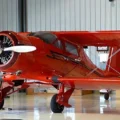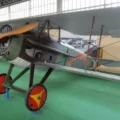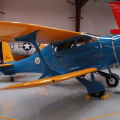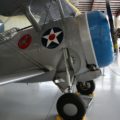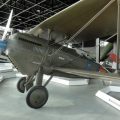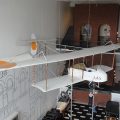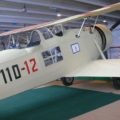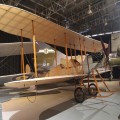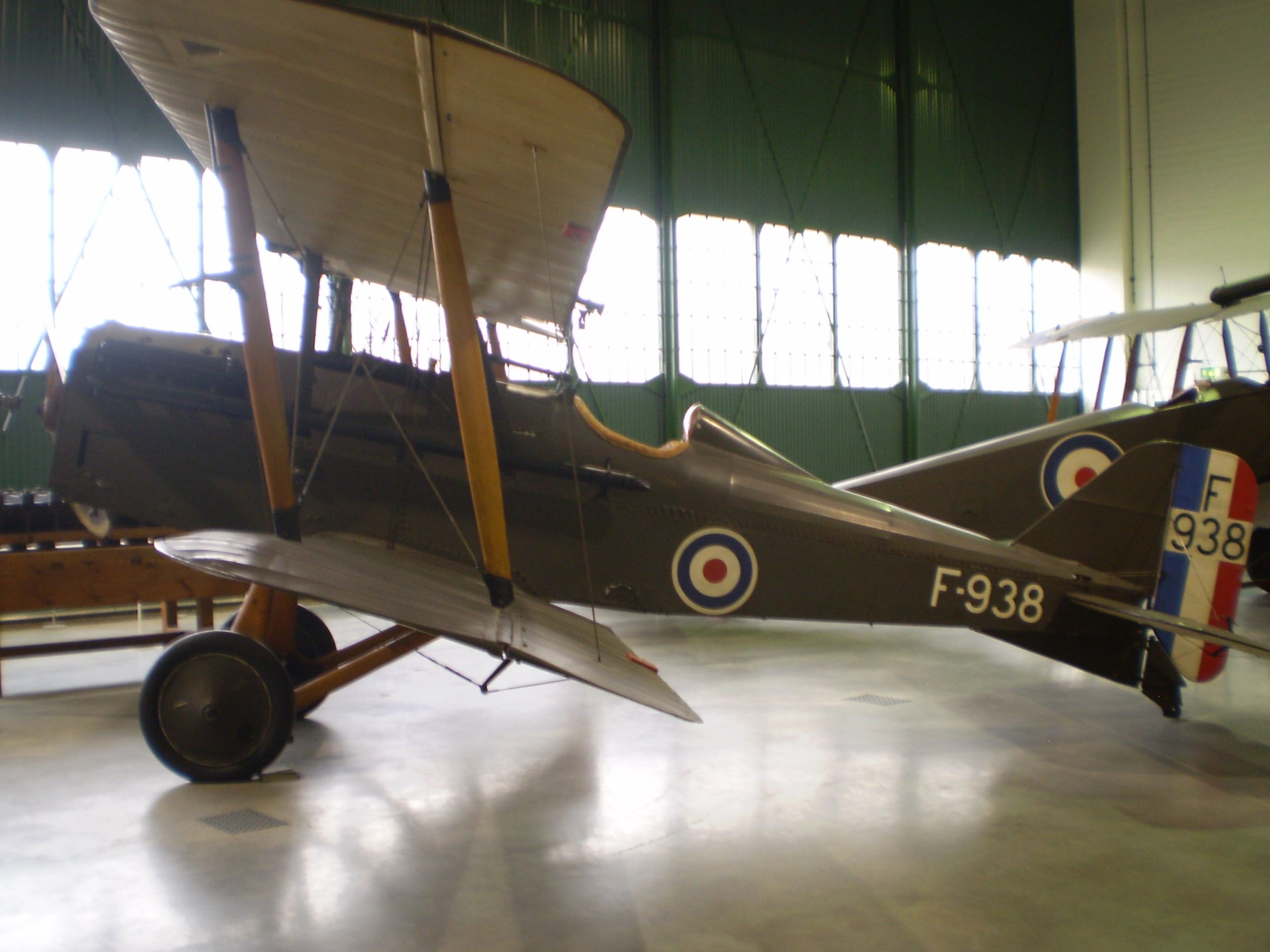
Royal Aircraft Factory S.E.5 | |
|---|---|
| Paese | Regno unito |
| Ruolo | Aereo da caccia biplano |
| Primo volo | 22 novembre 1916 |
| Costruito | 5205 |
Galleria fotografica di un Royal Aircraft Factory S.E.5, The Royal Aircraft Factory S.E.5 was a British biplane fighter aircraft of the First World War. It was developed by the Royal Aircraft Factory by a team consisting of Henry Folland, John Kenworthy and Major Frank Goodden. It was one of the fastest aircraft of the war, while being both stable and relatively manoeuvrable. According to aviation author Robert Jackson, the S.E.5 was: “the nimble fighter that has since been described as the ‘Spitfire of World War One'”.
| Royal Aircraft Factory S.E.5 | |
|---|---|
| Fotografo | Jean Thomas Rembert |
| Localizzazione | Inconsapevole |
| Foto | 38 |
| Royal Aircraft Factory S.E.5a Walk Around | |
|---|---|
| Fotografo | Inconsapevole |
| Localizzazione | |
| Foto | 17 |
Vedi anche:
Le Royal Aircraft Factory S.E.5 was a British biplane fighter aircraft of the First World War. It was designed by Henry Folland, John Kenworthy and Major Frank Goodden of the Royal Aircraft Factory in Farnborough. It was one of the fastest aircraft of the war, while being both stable and relatively manoeuvrable. According to aviation author Robert Jackson, the S.E.5 was: “the nimble fighter that has probably never been surpassed for sheer versatility of performance, handling quality and flying characteristics.”
Il S.E.5 è stato sviluppato da precedenti progetti della Royal Aircraft Factory, come il B.E.2 e l'F.E.2. Utilizzava un nuovo motore Hispano-Suiza 8 da 150 CV (112 kW) che le dava una velocità massima di circa 138 mph (222 km/h). Il S.E.5 aveva anche una struttura robusta in grado di resistere a elevate forze g e consentire immersioni ad alta velocità. Il S.E.5 era armato con una mitragliatrice Vickers sincronizzata da 7,7 mm sul lato sinistro della fusoliera e con un cannone Lewis da 7,7 mm (.303 pollici) su un Foster montato sull'ala superiore, che poteva essere sparato ad angolo per evitare l'elica.
Le S.E.5 entrò in servizio con il Royal Flying Corps (RFC) nel marzo 1917 e presto si dimostrò un combattente efficace e una cavalcatura popolare per molti assi britannici, come Albert Ball, James McCudden, Edward Mannock e Billy Bishop. Il S.E.5 prestò servizio anche con il Royal Naval Air Service (RNAS) e con diverse altre forze aeree alleate, come Francia, Belgio, Italia e Stati Uniti. Alla fine della guerra, 5.265 S.E.5 erano stati costruiti da sei produttori: Austin Motors, Air Navigation and Engineering Company, Curtiss Aeroplane Company, Martinsyde, Vickers e Wolseley Motor Company.
Il S.E.5 rimase in servizio fino a ben dopo l'armistizio che pose fine alla guerra nel novembre 1918. Alcuni furono convertiti in aerei civili o addestratori, mentre altri furono utilizzati per scopi sperimentali. Gli ultimi S.E.5 operativi furono ritirati dalla RAF nel 1926.
Visualizzazioni : 2636


